I'm trying to plot a time-series of histograms in Python. There has been a similar question about this, but in R. So, basically, I need the same thing, but I'm really bad in R. There are usually 48 values per day in my dataset. Where - 9999 represents missing data. Here's the sample of the data.
I started with reading in the data and constructing a pandas DataFrame.
import pandas as pd
df = pd.read_csv('sample.csv', parse_dates=True, index_col=0, na_values='-9999')
print df
<class 'pandas.core.frame.DataFrame'>
DatetimeIndex: 336 entries, 2008-07-25 14:00:00 to 2008-08-01 13:30:00
Data columns (total 1 columns):
159.487691046 330 non-null values
dtypes: float64(1)
Now I can group the data by day:
daily = df.groupby(lambda x: x.date())
But then I'm stuck. I don't know how to use this with matplotlib to get my timeseries of histograms. Any help appreciated, not necessarily using pandas.
